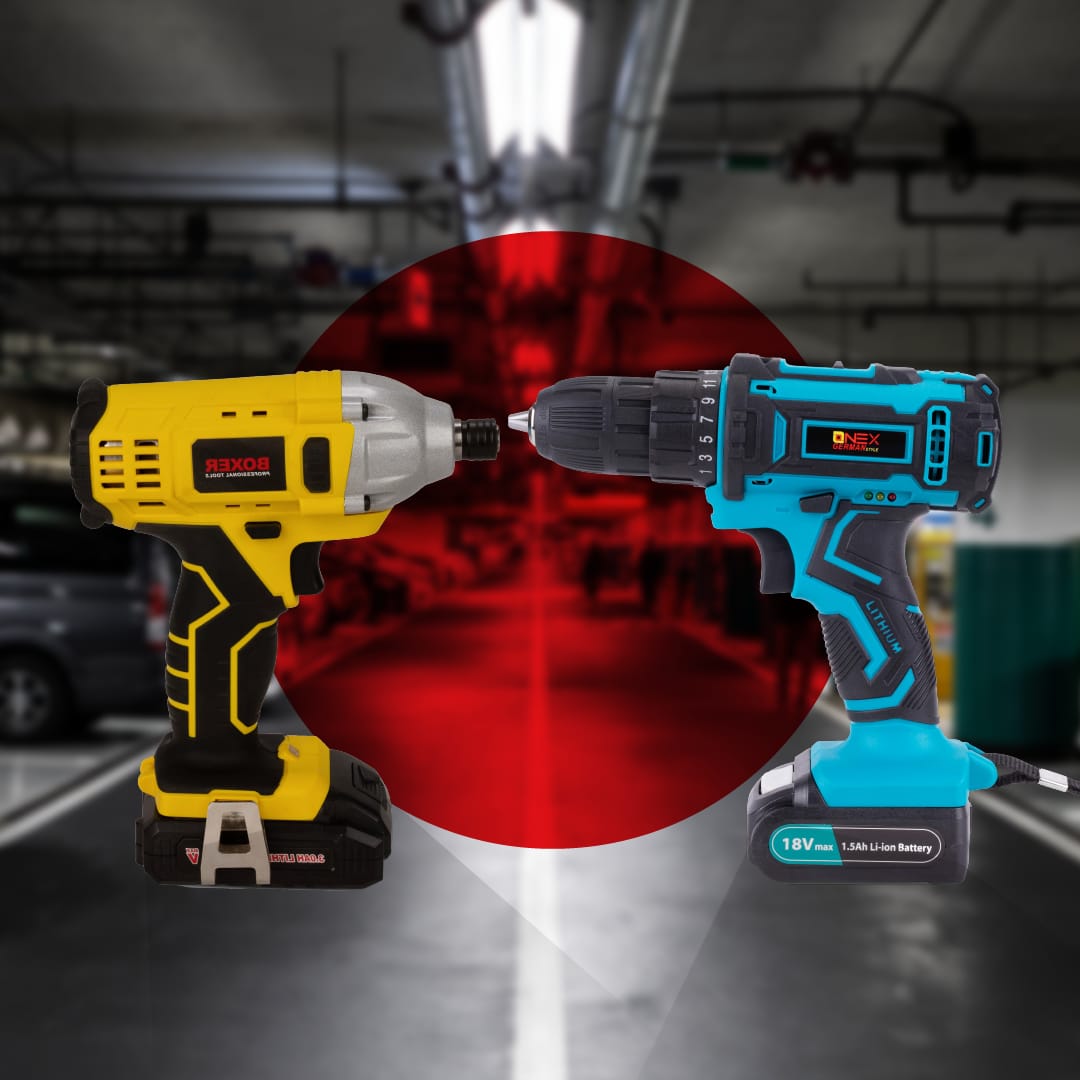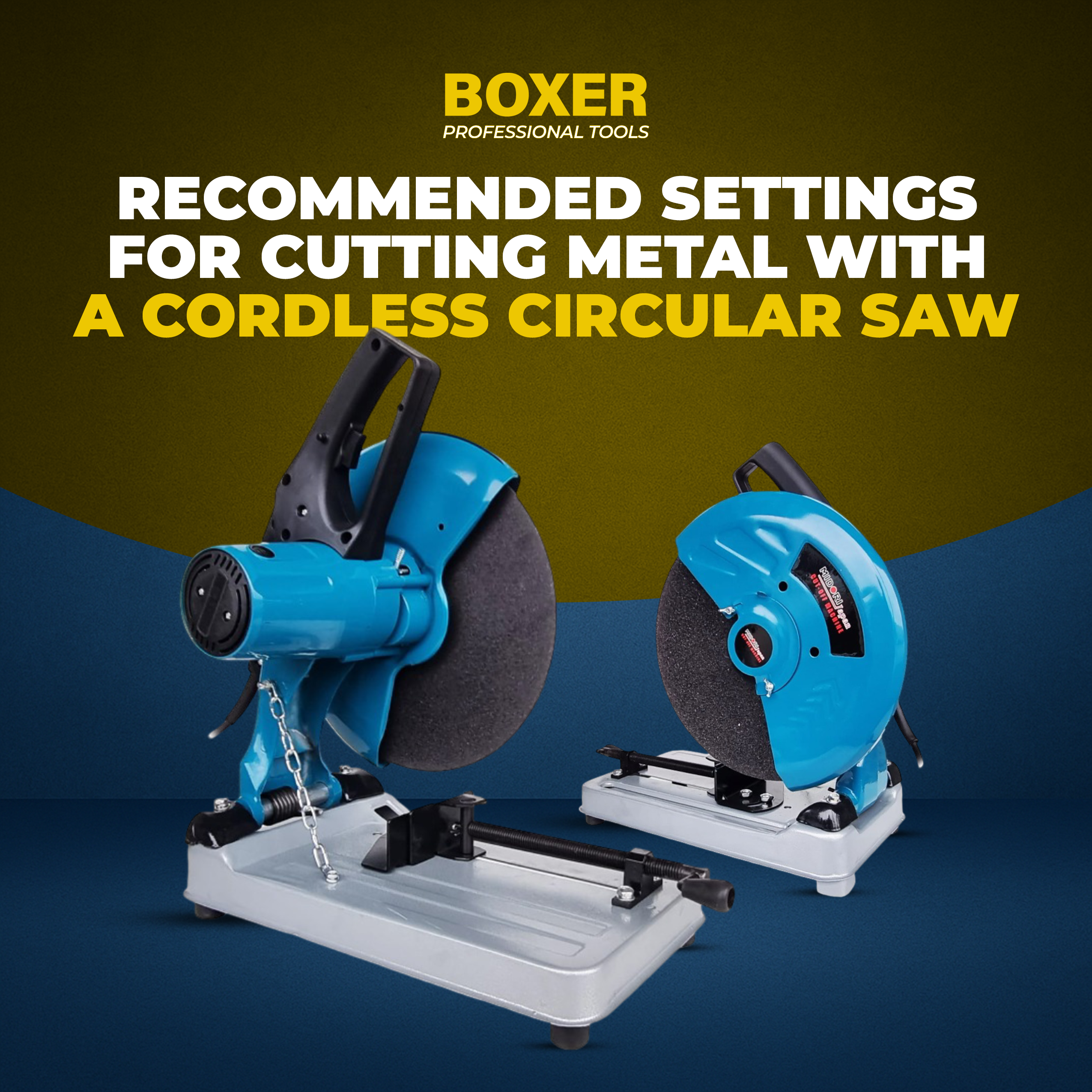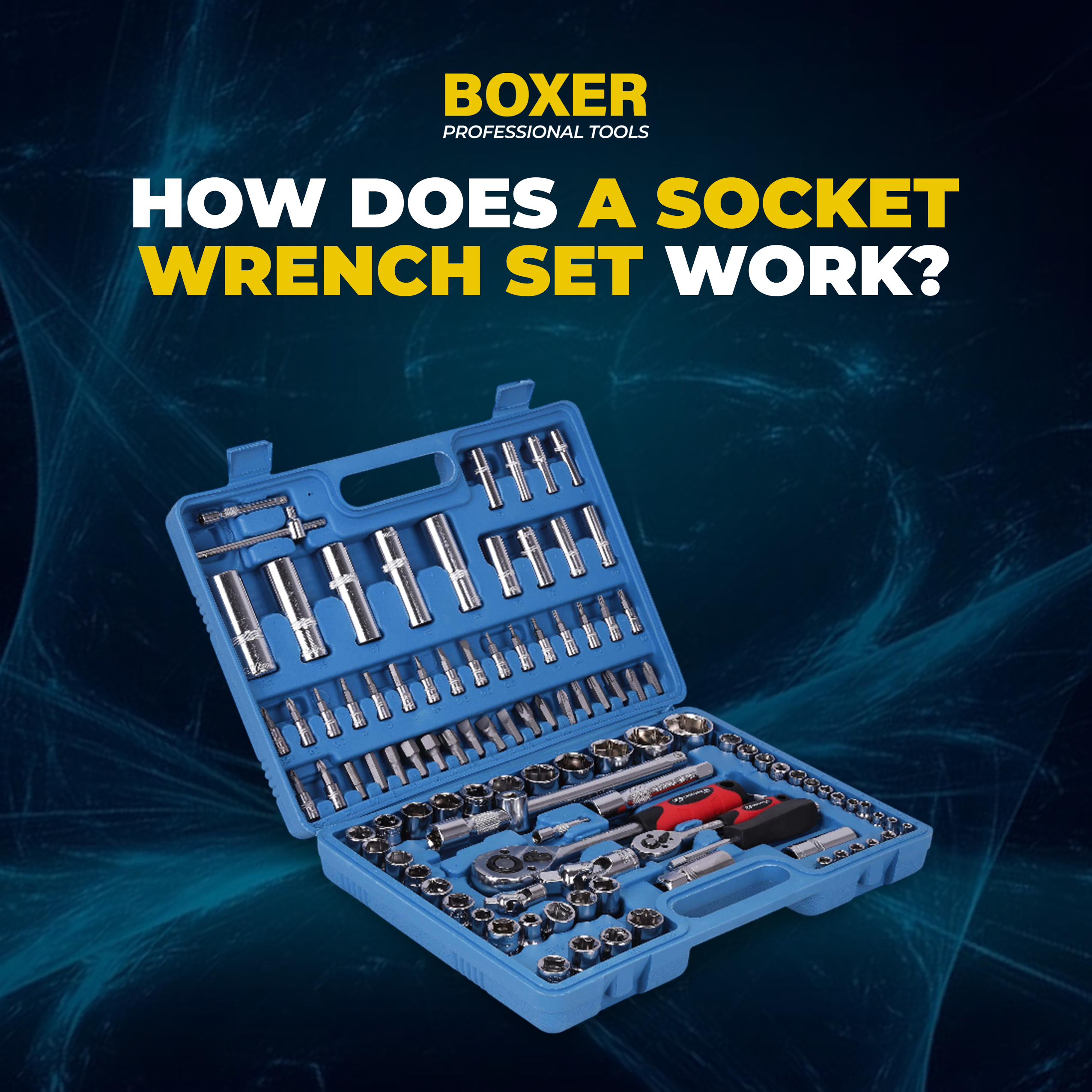
Cordless Screwdriver vs Drill: What’s the Difference?
Cordless screwdrivers and drills are common power tools used for various house tasks. They have a handle and a rotating head that can drive screws or drill holes into different materials. However, they also have some key differences that make them suitable for different purposes. This blog will compare and contrast cordless screwdrivers and drills and help you decide which is right.
Motor Size.
One of the main differences between cordless screwdrivers and drills is the size and power of their motors. Cordless drills have larger and more powerful motors that can generate more torque and speed. Torque is the force that causes the rotation of the tool, while speed is the number of rotations per minute (RPM). Higher torque and speed mean that cordless drills can handle more demanding jobs and tougher materials.
On the other hand, cordless screwdrivers have smaller and less powerful motors that can generate less torque and speed. They are suitable for lighter jobs and softer materials. They also consume less battery power than cordless drills, which means they can last longer on a single charge.
Battery Voltage.
Another difference between cordless screwdrivers and drills is the voltage of their batteries. Voltage is the measure of the electric potential or pressure of the battery. Higher voltage means that the battery can deliver more power to the tool. Cordless drills typically have higher voltage batteries than cordless screwdrivers, ranging from 12V to 20V or more. This allows them to perform better and faster than cordless screwdrivers.
Cordless screwdrivers usually have lower voltage batteries than cordless drills, ranging from 3.6V to 10.8V. This makes them lighter and cheaper than cordless drills but also less powerful and slower. However, they still have enough power for most household tasks.
Chuck and Bit.
Another difference between cordless screwdrivers and drills is the type and size of their chuck and bit. The chuck is the part of the tool that holds the bit, while the bit is the part that does the actual work. Cordless drills have a keyless chuck that can be opened or closed by hand to insert or remove different sizes and types of bits. The most common size of drill bits is 1/4 inch, but some cordless drills can accommodate larger or smaller bits.
Cordless screwdrivers have a hexagonal chuck that can only fit hexagonal bits. The most common size of screwdriver bits is 1/4 inch, but some cordless screwdrivers can also fit smaller bits, such as 1/8 inch or 3/16 inch. Some cordless screwdrivers have a built-in bit holder or a magnetic tip to hold the bit without a chuck.
Versatility.
Another difference between cordless screwdrivers and drills is their versatility. Cordless drills are more versatile than cordless screwdrivers, as they can be used for drilling and driving tasks. They can also be used for various other tasks, such as sanding, grinding, polishing, etc., by attaching different accessories to their chuck. Cordless drills can work with different materials, such as wood, metal, plastic, concrete, etc., using different types of bits, such as twist, spade, masonry, etc.
Cordless screwdrivers are one-dimensional tools that can only be used for driving tasks. They cannot be used for drilling or other tasks, as they do not have a chuck or accessories to attach to their head. Cordless screwdrivers can only work with screws or other fasteners with matching head shapes, such as slotted, Phillips, Torx, etc.
Size and Portability.
Another difference between cordless screwdrivers and drills is their size and portability. Cordless drills are larger and heavier than cordless screwdrivers, as they have bigger motors, batteries, chucks, and bits. They are also bulkier and harder to maneuver in tight or awkward spaces. Cordless drills require more storage space and may not fit in standard toolboxes or drawers.
Cordless screwdrivers are smaller and lighter than cordless drills, with smaller motors, batteries, chucks, and bits. They are also more compact and easier to handle in tight or awkward spaces. Cordless screwdrivers require less storage space and can fit in standard toolboxes or drawers.
Torque and Power.
Another difference between cordless screwdrivers and drills is their torque and power. Torque is the force that causes the rotation of the tool, while power is the rate at which work is done by the tool. Higher torque and power mean the tool can perform better and faster than lower torque and power tools.
Cordless drills have higher torque and power than cordless screwdrivers, as they have larger motors, batteries, and chucks. They can deliver more force and speed to the bit, which allows them to drill or drive faster and deeper than cordless screwdrivers. Cordless drills can handle tougher materials and more demanding jobs than cordless screwdrivers.
Cordless screwdrivers have lower torque and power than cordless drills, as they have smaller motors, batteries, and chucks. They can deliver less force and speed to the bit, which limits their drilling or driving performance. Cordless screwdrivers can only handle softer materials and lighter jobs than cordless drills.
Cost.
Another difference between cordless screwdrivers and drills is their cost. Cordless drills are generally more expensive than cordless screwdrivers, as they have more features and functions. They also have more powerful motors, batteries, and chucks, which add to their cost. Cordless drills can range from $50 to $300 or more, depending on the brand, model, and specifications.
Cordless screwdrivers are generally cheaper than cordless drills as they have fewer features and functions. They also have smaller and less powerful motors, batteries, and chucks, which reduce their cost. Depending on the brand, model, and specifications, cordless screwdrivers can range from $10 to $100 or less.
Battery Life and Charging Options.
Another difference between cordless screwdrivers and drills is their battery life and charging options. Battery life is the amount of time the tool can run on a single charge, while charging options are how the tool can be recharged. Both factors depend on the type and capacity of the battery, as well as the power consumption of the tool.
Cordless drills typically have longer battery life than cordless screwdrivers, as they have higher-capacity batteries that can store more energy. However, they also consume more power than cordless screwdrivers, which may drain their batteries faster. Cordless drills usually have lithium-ion batteries that can be recharged quickly and do not suffer from memory effects or self-discharge. Some cordless drills have interchangeable batteries that can be swapped with other tools from the same brand or series.
Cordless screwdriversCordless screwdrivers typically have shorter battery life than cordless drills, as they have lower-capacity batteries that can store less energy. However, they also consume less power than cordless drills, which may last longer on a single charge. Cordless screwdrivers usually have nickel-cadmium or nickel-metal hydride batteries that can take longer to recharge and may suffer from memory effects or self-discharge. Some cordless screwdrivers also have built-in batteries that cannot be removed or replaced.
Choosing the Right Tool.
Choosing the right tool between a cordless screwdriver and a drill depends on several factors, such as the specific task, the budget, the preference, etc. Here are some tips to help you make the right decision:
Consider the type of task you want to do. A cordless drill is better if you need to drill holes or work with tough materials. A cordless screwdriver is better if you need to drive screws or work with soft materials.
Consider your budget. A cordless screwdriver is a cheaper option if you have a limited budget. A cordless drill is a more versatile option with a flexible budget.
Consider your preference. A cordless screwdriver is better if you prefer a lighter and more compact tool. A cordless drill is better if you prefer a more powerful and faster tool.
Consider the availability of accessories. A cordless drill is a better choice if you need to use different types and sizes of bits or attachments for your task. A cordless screwdriver is a better choice if you only need one type and size of bit for your task.
Some tools can perform drilling and driving tasks, such as drill or impact drivers. However, they may be less powerful and precise than standalone models. They may also be more expensive or heavier than standalone models.
Cordless screwdrivers and drills are common power tools used for various house tasks. They have a handle and a rotating head that can drive screws or drill holes into different materials. However, they also have some key differences that make them suitable for different purposes.
Cordless drills have more powerful motors, batteries, and chucks that can generate more torque and speed. They are more versatile and can be used for drilling and driving tasks. They can also be used for other tasks by attaching accessories to their chuck. They can work with different materials, such as wood, metal, plastic, concrete, etc., using different types of bits, such as twists, spades, masonry, etc. They are larger and heavier than cordless screwdrivers and are suitable for more demanding jobs and tougher materials.
Copyright © 2026 Boxertools | Powered By Orance Media Group








